The old barnstorming pilots of the 1920s called it “the patch.” Cruising sailors call it their home waters. We kayakers have patches too. Often it’s an overlooked section of water, a creek, river, lake or bay that is only a short drive away and provides an opportunity for the little-recognized joy of the impulse paddle.
The pages of glossy travel magazines, heavy with all-inclusive resort advertising, lure and distract us with stories of far off lands and challenging paddling. Yet for most of us there is an adventure just around the corner.
I am one of the lucky ones. My waters are across the street. A tough couple days at work or too much time spent working on the joys of home ownership and I can have a hull in the water in 10 minutes. My impulse spot is our neighbourhood lake, 55 acres small.
In my ancient Aquaterra touring boat and my wife Charity’s pretty new Dagger, or our Old Town canoe with Iggy the adventure dog aboard, it takes us an hour to paddle and coast along the meandering shoreline.
Every time we slide a hull in the water we’re in for something different. We check on Carlos, the cormorant that winters on the lake and stands on the dam’s spillway ruffling his wings in the afternoon breeze. In the summer we count turtles and watch the little blue herons that sit on empty docks and scan the tannin- stained water for their dinner. Petite finches flit overhead, executing ragged aileron rolls and bouncing across the surface like skipping stones. There are neighborhood legends of ‘gators in the lake. Rumour has it they creep in from the Escambia River, but after three years we haven’t been lucky enough to see one, though I guess luck depends on your point of view.
Charles Mackay wrote in The Dionysia that “Water is the mother of the vine, The nurse and fountain of fecundity, The adorner and refresher of the world.” It doesn’t matter what your boat is—canoe, kayak or inflatable duckie—there is probably some water near you. Everyone, at one time or another, needs a little refreshing. And who doesn’t want more fecundity in their lives? I’m sure I need more of it.
Adventure doesn’t have to be big, and it doesn’t have to be distant. A true boater never forgets the patch, and the joy of the impulse paddle. When you get right down to it, Water Rat in The Wind in the Willows was right— there really isn’t anything “half so much worth doing as simply messing about in boats.”
BJ Armstrong is a U.S. Navy Search and Rescue pilot, a long-time kayaker and sailor, and a novice fly-fisherman from Norfolk, Virginia.
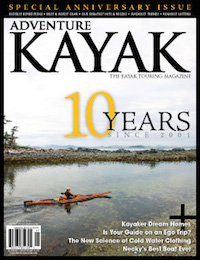 This article first appeared in the Spring 2010 issue of Adventure Kayak Magazine. For more great content, subscribe to Adventure Kayak’s print and digital editions here.
This article first appeared in the Spring 2010 issue of Adventure Kayak Magazine. For more great content, subscribe to Adventure Kayak’s print and digital editions here.




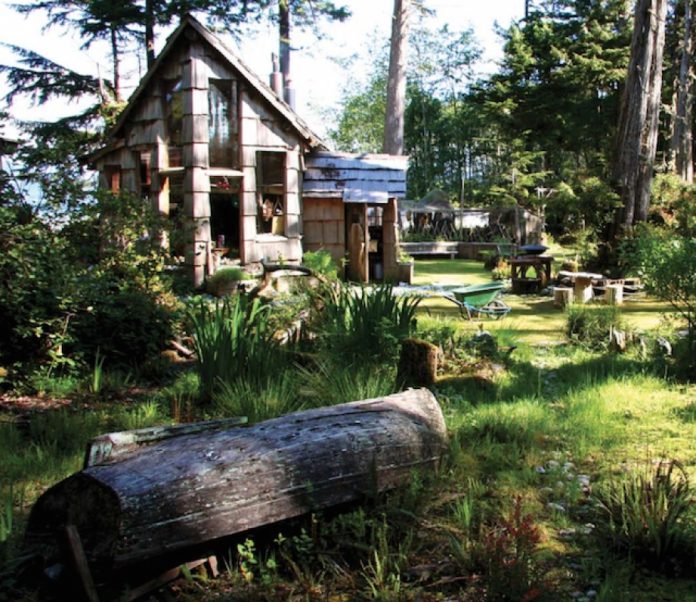

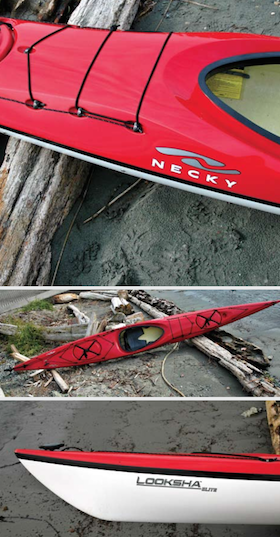
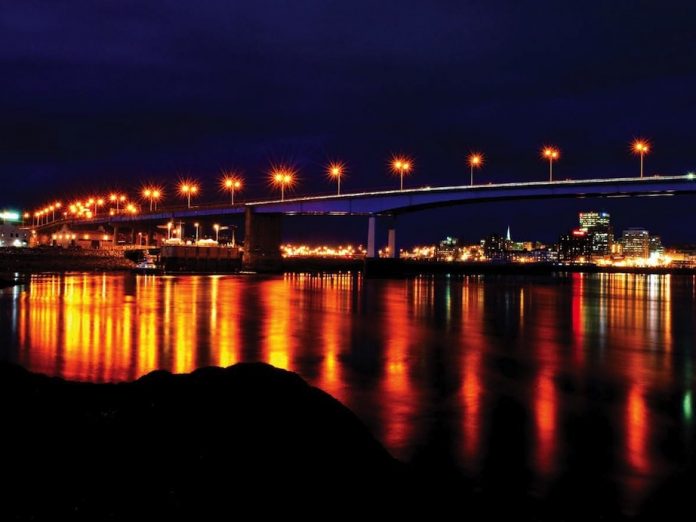
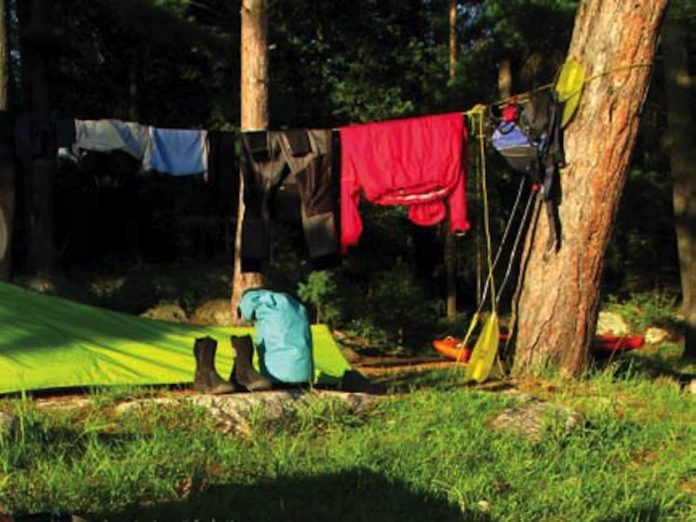
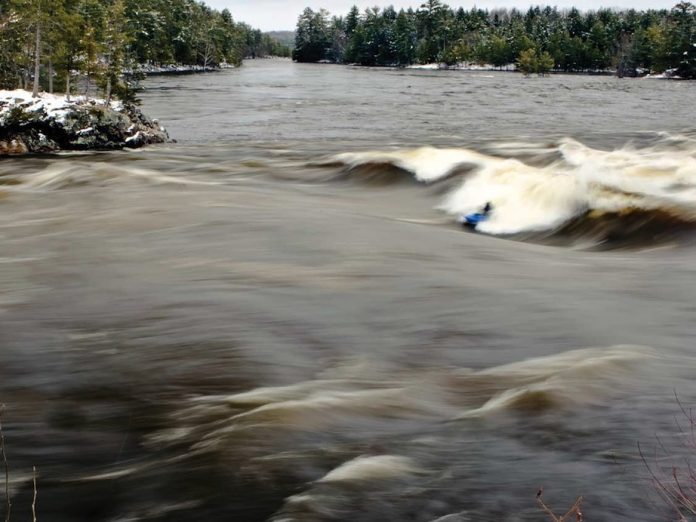
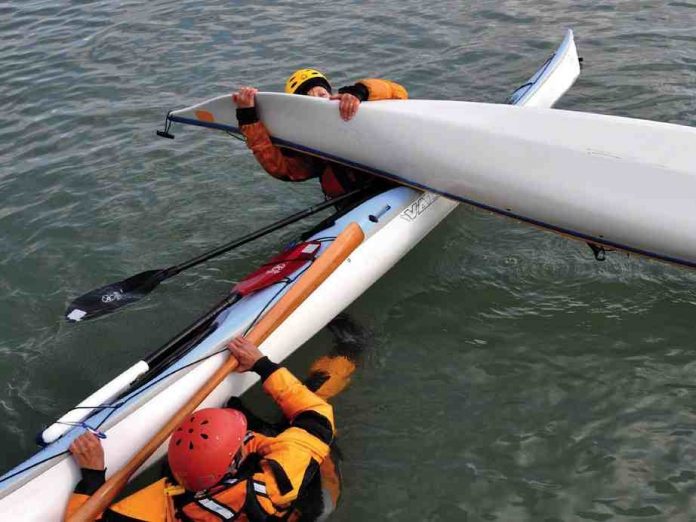
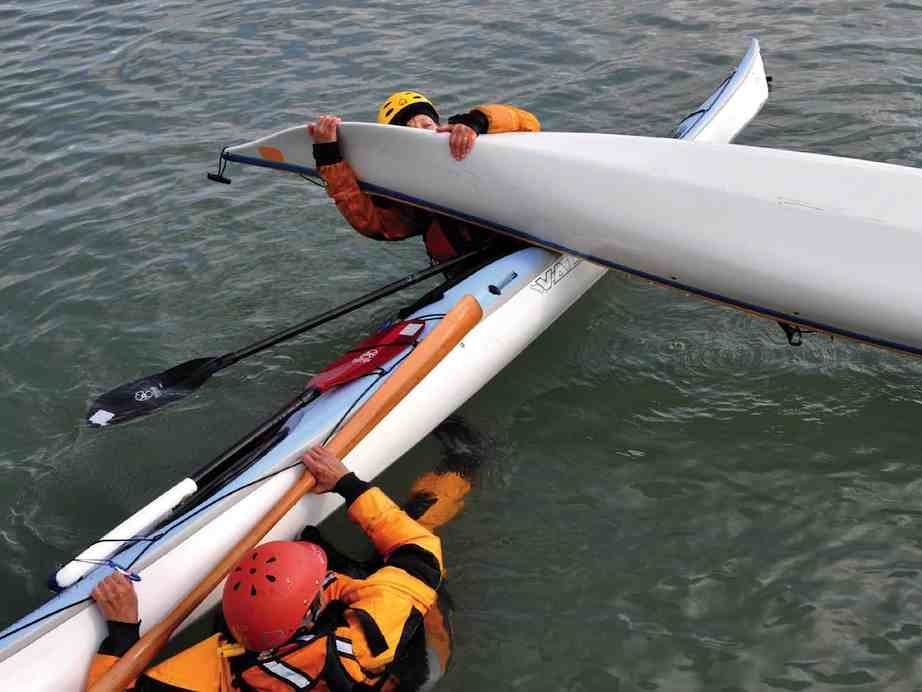
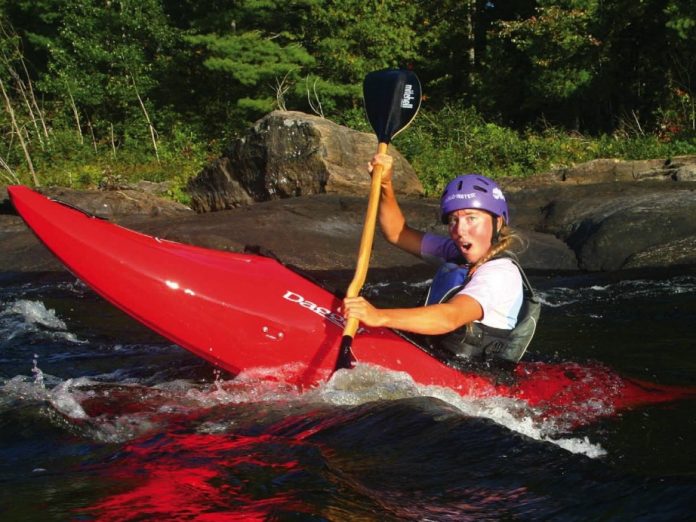
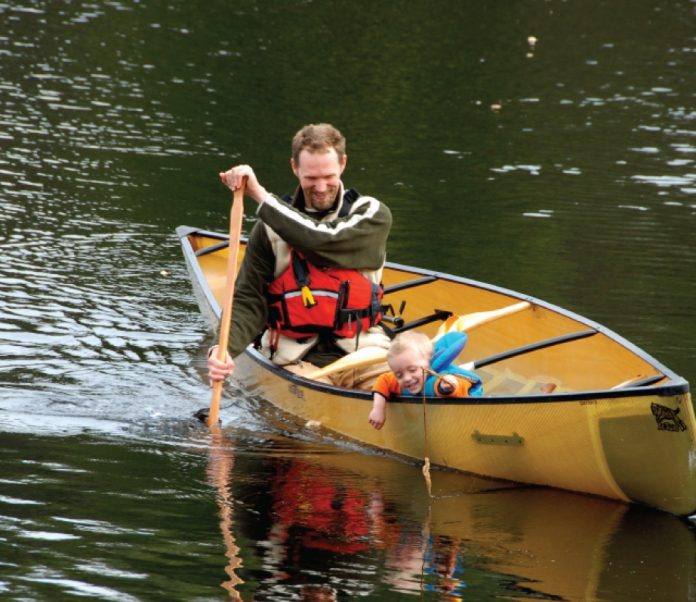
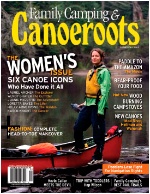 This article first appeared in the Summer/Fall 2009 issue of Canoeroots Magazine.
This article first appeared in the Summer/Fall 2009 issue of Canoeroots Magazine.
